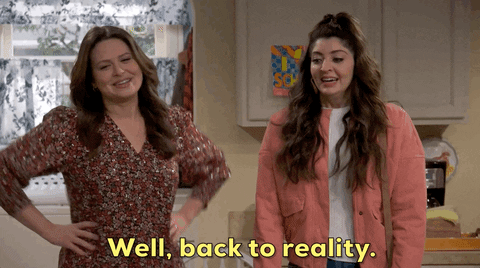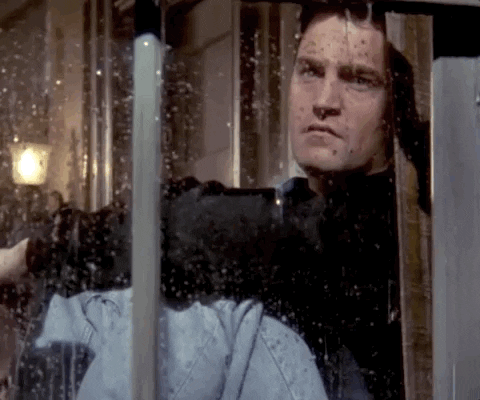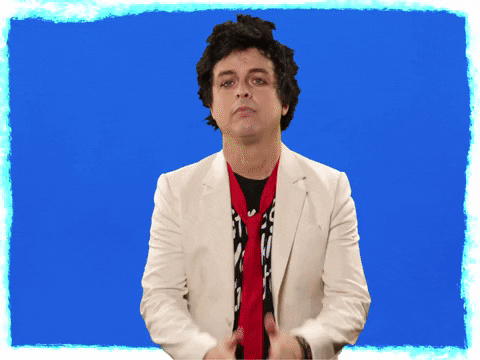Last week I wrote about designing for disabilities in healthcare and some of the challenges that are faced. Now I want to talk about accessibility differently. Physical accessibility to services.
Everything after this is going to anger a lot of people and, even as someone who works in healthcare, I do not know how to feel about it. And that is the inherent problem.
I am going to talk about clinic hours. I think we need to open longer or at different times that stagger hours. How often have you taken a day off to see your healthcare provider? I am very fortunate to work in a place that allows for this, but not every workplace is so flexible, especially if you have to go in often.
I come from the world of cancer and I can tell you that I have heard of many patients who had to quit their jobs due to their treatment and appointments. The same goes for caregivers. So not only are they dealing with their disease they are also dealing with the pressures of being able to survive outside of their disease.
Telehealth has alleviated some of these issues but, there are times when we have to physically see our patients. I am not saying every clinic must stay open 24 hours a day. That is not sustainable. What I do think we can do is have some days where we start late and stay open later in the day. Maybe open up some emergency-only slots on the weekends. The keyword is EMERGENCY.
Dose of Reality
This is where we have to look at reality in the face. I think many people forget that people that work in healthcare are normal human beings that have families and a life outside of work. There is a reason why clinic hours are the way they are. It is because it allows the people working in those clinics to have a normal life. It allows us to be home for dinner with our families, and spend time with the people we work so hard for.
So you can see my internal conflict. On one side I was trained to put the patient first but, I also have to put myself first. Otherwise, I will not be able to put the patient first. Now add clunky EHRs, flawed workflows using solutions that don’t work, insurance issues, and the list goes on and on. You can see why we’re burned out.
I don’t have the right solution. If we could decrease burnout first we could do both! The problem is it will require a big leap in interoperability. I know, I know just add me to the list of people beating this drum. There is a reason why clinicians and technologists that truly understand the problems healthcare provider face are so focused on this.
Why does everyone embrace the cloud because it allows us access to our data when and wherever we want! I believe healthcare needs interoperability and I would take it a step further. Healthcare data needs to be owned by the patients, not the EHRs! That is a topic for another day.
As I told you we are taught to put our patients first, but we also are the patient of our fragmented healthcare ecosystem. An ecosystem that puts more roadblocks than solutions in front of us. We need to fix our EHRs workflows and allow for the free flow of data to help with burnout. Most of us still love our jobs but our jobs do not love us back. Eventually, you have to look out for yourself and walk out the door.
Thank you so much for your support! Please do not hesitate to reach out if you have any questions or leave a comment.
If you enjoyed what you read please consider subscribing and sharing!
I hope you have a great day!











Zain, good read. One service line that a practice could add is a mobile service where an on-call clinician is available 24/7 to address these needs as they arise. This role could be rotated amongst the group practice coupled with an after-hours incentive from a compensation perspective.